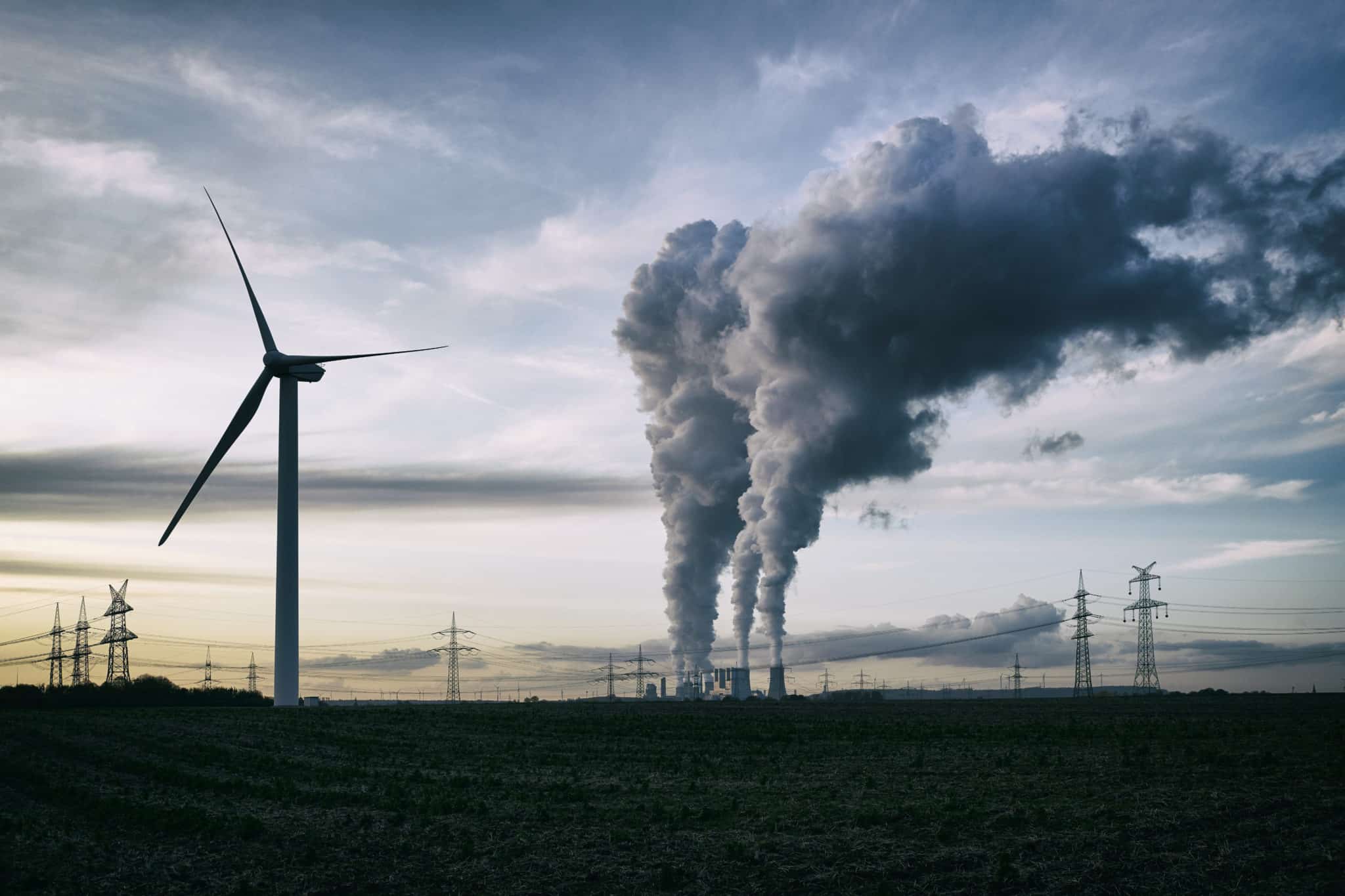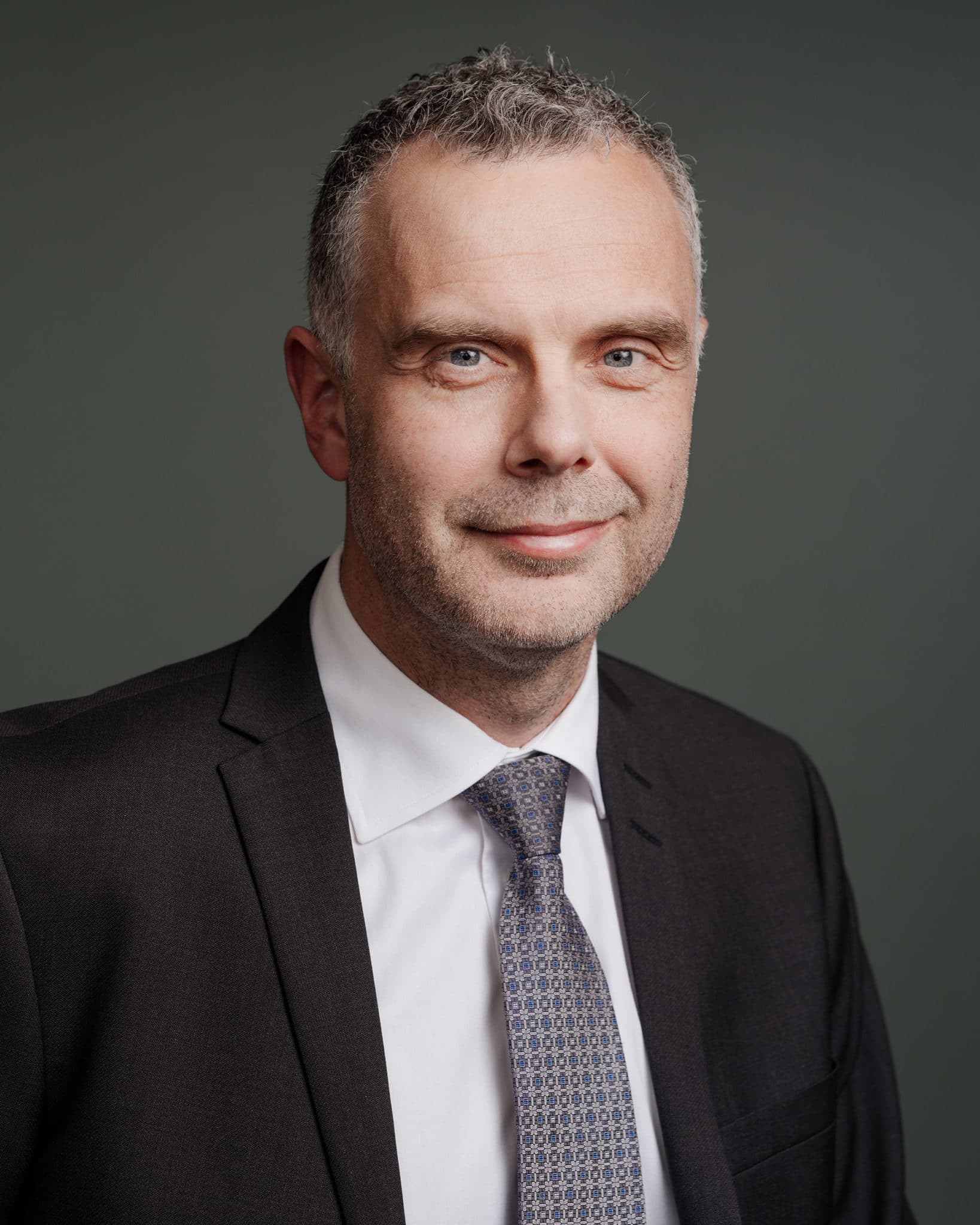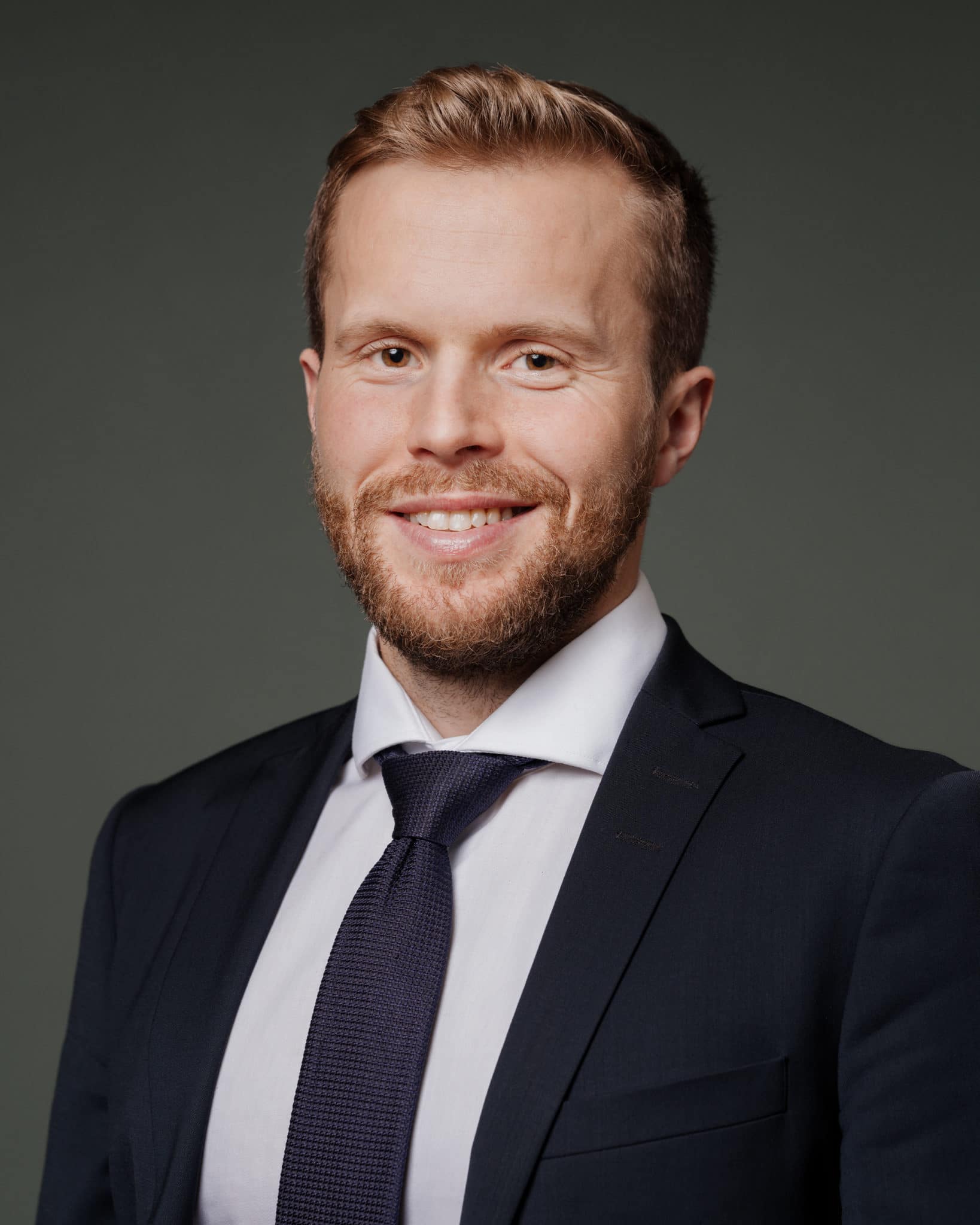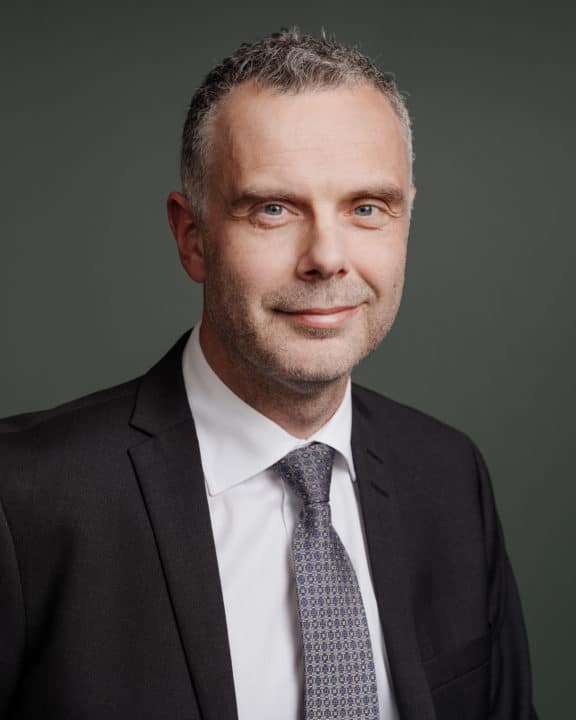In the White Paper, the Government presented its plan on how the energy needs of Norway will be met in the future. The White Paper sets out how Norway can use its energy resources to create continued economic growth and new jobs. Key topics in the report are investments in renewable technology, such as offshore wind, hydrogen production, carbon capture and storage (CCS), battery plants, the strengthening of the Norwegian power grid, as well as low emission petroleum and gas industries.
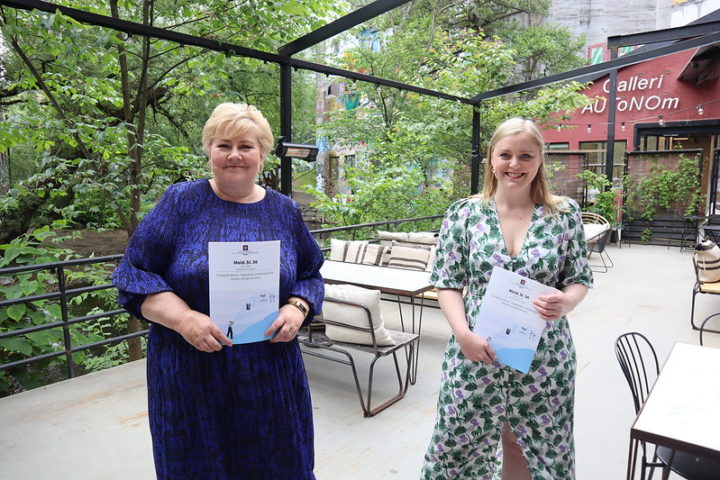
Prime Minister Erna Solberg and the Minister of Petroleum and Energy, Tina Bru, during the presentation of the report to Parliament “Energy for work: Long-term value creation from Norwegian energy resources” in Oslo, June 11, 2021.
We will come back with additional newsletters on several of the topics included in the White Paper, but will in this newsletter focus on some of the important clarifications related to offshore renewable energy in Norway.
In July last year the areas “Utsira Nord” and “Sørlige Nordsjø II” were opened for offshore wind power projects, and at the same time new regulations to the offshore energy act, specifying the rules applicable to offshore renewable energy license applications, were adopted.
These regulations entered into force 1 January this year. It was quite apparent from the start that the regulations did not answer all questions that the market had related to especially the licencing process, and the Ministry of Petroleum and Energy (MPE) today proposed changes to the offshore energy act related especially to the procedures for license application and the selection of applicants.
In additon the MPE today published a detailed guideline for the application process.
In this newsletter we will focus on some of the main clarifications that the Ministry of Petroleum and Energy (MPE) suggests for the future development of offshore renewable energy in Norway.
The licencing process will now start with the MPE first dividing each area (i.e. Sørlige Nordsjø II and Utsira Nord) into smaller project areas, each with a specified maximum installed effect. Each of these project areas will be allocated to one applicant exclusively. Such allocation will not give the applicant the right to finally develop the area, but will give the applicant the exclusive right to submit a plan for impact assessment.
The main model for allocating a specific project area will be a competitive auction process where the applicants propose a price for said area (the detailed rules of this auction process is, however, still to be decided). Hence, this will be the chosen procedure for allocating project areas within Sørlige Nordsjø II.
For floating wind farms, however, (like on Utsira Nord) the necessity for further technology development makes competitive auctions a less suitable instrument. The MPE therefore suggests that allocation of project areas at Utsira Nord should be decided through a qualitative competition. It is not a given that the best technology projects will win in an auction. The award criteria for Utsira Nord will reflect the goal of developing projects that contribute to technology development and cost reductions for floating offshore wind.
A new feature of the licencing process is also that before any applicant can be awarded a specific project area the applicants must (if not otherwise decided in each case) pass a pre-qualification evaluation, where the applicant must meet certain requirements for financial capacity, technical competence and health, environment and safety before they can participate in the auction. The pre-qualification shall ensure that all the players participating in the competition for area have the competence and capacity to carry out the development of a large-scale offshore energy project.
Applicants can fulfil such criteria either all by themselves, or by teaming up with other companies, for instance in a joint venture. It is as of today, however, uncertain which specific requirements the authorities will put on the relationship between said JV companies. So far it is fair to say that these new rules will favour major players, and make it more difficult for smaller companies to succeed in such competitions.
As for the offshore grid connections, it follows from the White Paper that Statnett SF will be appointed as the TSO (the system operator) also for offshore grid connections (cables and facilities that are not regulated by the Petroleum Act) that connect the offshore wind farms to Norway. The developers of the offshore wind farms will be responsible for building and financing the power cables required for their offshore wind projects (possibly together with other developers of offshore wind farms in the same area). It remains to be seen how the Government will regulate possible hybrid projects (where the interconnector between Norway and the other country runs through a production facility at sea).
The Government has also assessed the taxation of offshore wind production. The Government does not suggest to introduce a resource rent tax (“grunnrenteskatt”) at this stage, but they are working on amendments to the tax law to ensure tax liability to Norway for income from offshore wind power.
